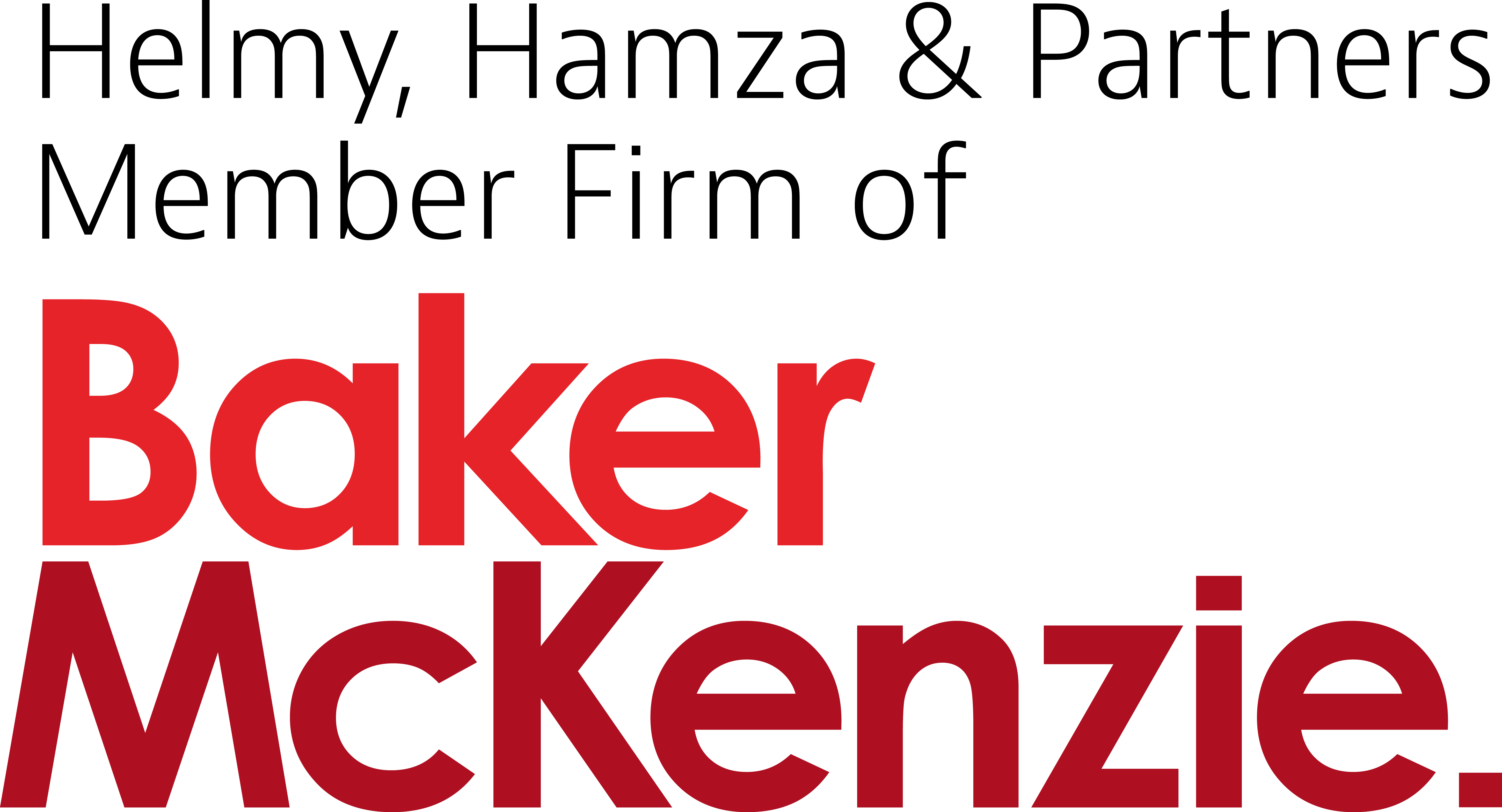In brief
On 4 April 2024, the Executive Regulation of the new Egyptian pre-merger control regime was officially published by Prime Minister Decree No. 1120 of 2024 (“ER“). The ER introduces the implementing regulations for the newly established pre-merger control regime issued by the Law number 175 of 2022 which empowers the Egyptian Competition Authority (“ECA“) with significant powers in reviewing and approving transactions. The ER states that it will enter into force on 1 June 2024, i.e. transactions that close on or after 1 June 2024, meet the prescribed thresholds, must obtain prior approval from the ECA.
Yet, several areas remain unclear in the ER which will likely be either addressed by the ECA in its planned guidelines or by its enforcement practice in the coming period.
In more details
Background to merger control in Egypt
Previously, the ECA had only a non-suspensory post-merger notification system until it was repealed by the Law number 175 of 2022 which introduced the new regime by amending the Egyptian Competition Law No. 3 of 2005 (“ECL“).
The said amendment introduced a mandatory and suspensory pre-merger control regime. It provides the ECA with the power to assess transactions that meet the prescribed jurisdictional thresholds on whether they would restrict competition in Egypt or any part of it and consequently, the power to clear or block those transactions. However, the ECA indicated that it will not implement those amendments until the ER is issued.
By the issuance of the ER, this means that these ECA will begin implementing the pre-merger control regime starting 1 June 2024. For more information on the ECL amendments, please refer to the Client Alert highlighting the main amendments.
Main Clarifications provided by the ER
- Material influence
The ER provides guidance on the meaning of material influence and examples of when there will be presumptions that there is this kind of influence. It is defined as the power of a person to influence, directly or indirectly, the policy of another person, including strategic and commercial decisions, as follows:
- Ownership of more than 25% of the total voting rights, shares or equity shares of another person.
- Ownership of less than 25% in case of the following conditions: the percentage of the voting right that leads to influence the policy and commercial goals of the person and/or an agreement granting the acquirer privilege voting or veto rights; or/and the presence of a representative(s) on the target company’s board.
While the above provides useful guidance, it remains to be seen how the ECA will implement those measures and whether parties would be able to rebut those presumptions. The language used in the ECA, seems to establish a non-rebuttable presumption but this might lead to various challenges to the parties and numerous hurdles to business. Hence, it will be important for the ECA to clarify whether parties will be able to rebut this presumption and the nature of evidence that may be provided for the rebuttal.
The ECA provides a useful safe harbour by stating that material influence cannot be achieved by owing less than 10% of the total voting rights, shares or equity shares, unless the acquirer is among the top three shareholders in the target company.
- Annual turnover and assets calculations
Under the ER, parties must obtain the prior approval of the ECA if the transaction meetings any of the following thresholds;
- If the combined turnover or value of assets, whichever is higher, of the parties in Egypt exceeds EGP 900 million and the turnover of each of at least two persons in Egypt exceeds EGP 200 million, or
- If the global combined turnover or value of assets, whichever is higher, of the parties exceeds EGP 7.5 billion and one of the parties to the transaction has turnover in Egypt that exceeds EGP 200 million.
In this regard, the ER states that annual turnover or combined assets are calculated by adding the annual turnover or combined assets in the last audited financial year (according to the financial status), without those of the sellers in case of their exit from the target company before the concentration. Otherwise, the turnover and value of assets of the seller will be included in the calculation.
Another important clarification is that the ECA will rely on the exchange rate announced by the Central Bank of Egypt on the last day of the financial year of the parties involved.
- ECA assessment of harm methodology
As stated in the law, the standard upon which the ECA will assess transactions is whether the said transactions would restrict, harm or limit competition. The ER provides for further guidance on the factors that the ECA will take into consideration when assessing transactions including the following;
- Market structure, along with present or potential competition levels in Egypt and abroad as long as it affects Egypt.
- The market status of the parties including, inter alia, their economic financial status compared to the present and potential investments in the market.
- Substitutions provided for the suppliers, clients and customers and their power to access resources of production or markets. (vertical effects and will likely also include countervailing buyers power)
- Barriers to entry and expansion.
- Effect of the transaction on competition, consumers and innovation.
- Person required to notify the ECA
While the law seems to impose an obligation to notify on the buyer and seller, the ECA does clarify the specific entity that will need to notify the ECA in the various scenarios. For instance, in cases of sole control acquisition, the obligation will be solely on the buyer (not the seller). However, in a JV agreement, the obligation will be on the parents to submit a notification to the ECA.
- Publication of the concentration
Once the notification is submitted to ECA, the ECA will publish a brief about the concentration in a widely circulated newspaper or on the ECA’s website in order to provide third parties with the opportunity to submit their views on the concentration within 15 days. Unless the ECA’s board decides not to publish for the public interest of the parties.
- Financial Supervisory Authority notification
As previously highlighted, activities that fall under the jurisdiction of the Financial Regulatory Authority (“FRA”) are outside the scope of the ECA. However, while the approval is issued by the FRA, the FRA is required to obtain the opinion of the ECA prior to issuing its decision.
Under the ER, the parties must notify the FRA using the notification form and documents imposed by the ECA. Further, the FRA can include information about the parties activities and revenues in each market for the last three years.
Pending Practical Considerations
While the new ER sheds useful light on the new pre-merger control regime, it has not provided sufficient guidance on several points. We do expect the ECA to issue guidelines and/or clarifications to fill the gaps of the new regime.
- For example, the ECA does not have the power to stop the clock. This means that once the notification is submitted the clock will start ticking. While this might seem to be in the parties’ favour and provides more visibility to the parties on the timeline, it does raise several practical hurdles.
Given that the ECA will not be able to stop the clock, it is expected that the ECA will be very inflexible in starting the clock until the notification is “complete”.
Considering the number of documents that are listed in the ER, the ECA will have very wide discretion in deciding when a notification is complete.
- The ER does not provide for any indication on the timeline of its internal assessment on when it will get to the notifying parties on whether the file is “complete”. This will add another layer of uncertainty and delays to the parties given that the ECA will not start the clock until it decides on its own discretion that the file is “complete”.
- The ER does not state what kind of evidence/submission receipt will be submitted to the parties upon the submission of the notification file.
- The ER requires the parties to submit the notification along with all of the other documents in Arabic. This means non-Arabic documents must be submitted along with an Arabic translation. This suggestion comes as a surprise as it does not conform with the standard practice of the ECA which does accept submissions of supporting documents if they are in English in investigations.
This condition will likely result in further delays and costs to the parties and may result in considering the submission incomplete. Hence, it remains to be seen whether the ECA will strictly implement this requirement or show some flexibility.
- The FRA filling remains unclear as very little guidance was provided. Again, the ER states that parties must submit a “complete” file to the FRA. This means that the ECA might also try to use this “completeness” factor to extend its duration of review beyond the set 30 calendar days period provided for the ECA in relation to the FRA review.
* * * * *

© 2023 Helmy, Hamza and Partners. All rights reserved. Helmy, Hamza and Partners is a member firm of Baker & McKenzie International, a global law firm with member law firms around the world. In accordance with the common terminology used in professional service organizations, reference to a “partner” means a person who is a partner, or equivalent, in such a law firm. Similarly, reference to an “office” means an office of any such law firm. This may qualify as “Attorney Advertising” requiring notice in some jurisdictions. Prior results do not guarantee a similar outcome.



